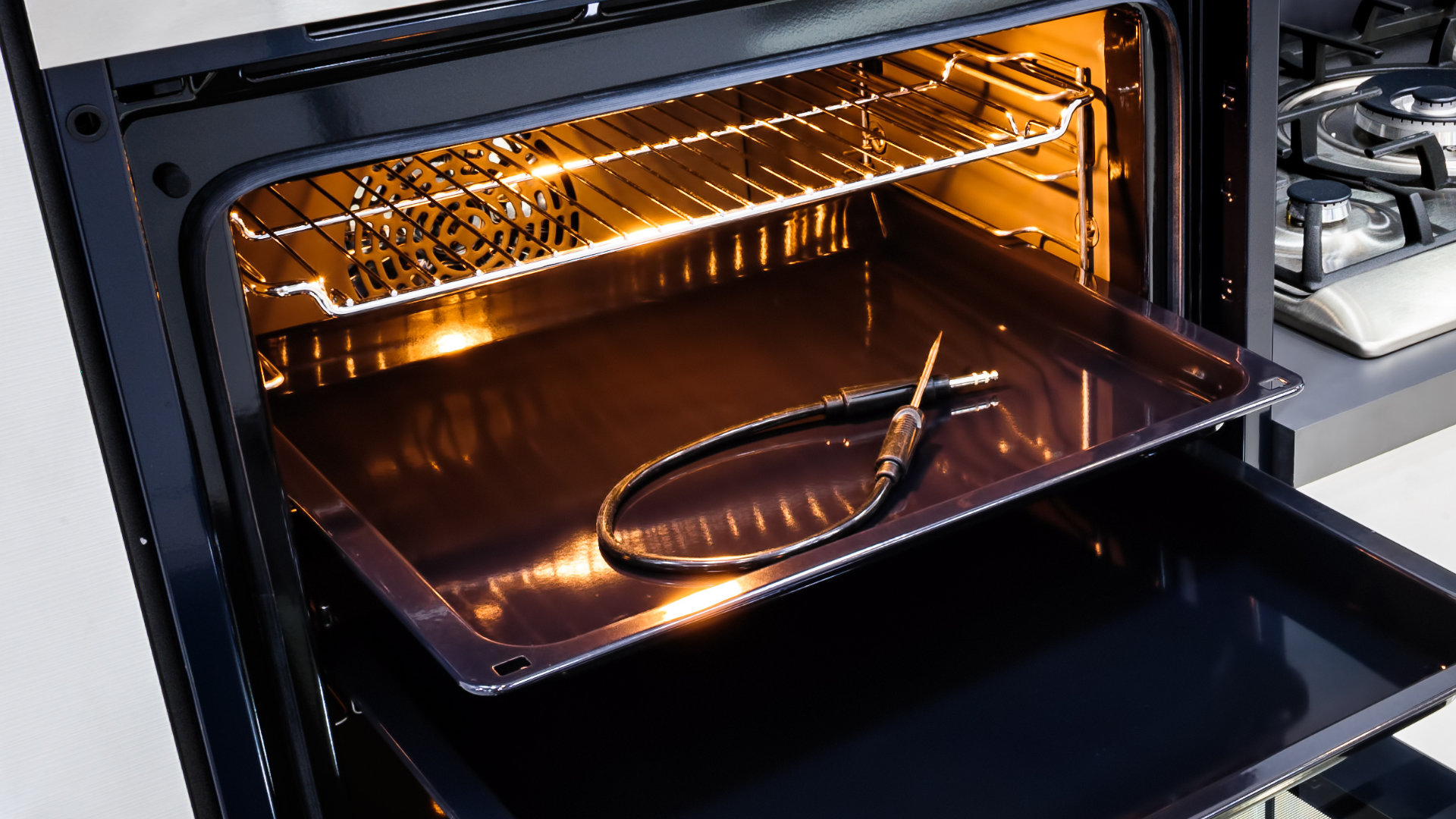
Samsung is known for being a super reliable brand, so it is particularly frustrating when something goes wrong with one of your Samsung appliances. If your oven is failing to heat up properly, there could be a lot of different causes, and luckily there are a wide range of solutions! Don’t despair, we’ll help you troubleshoot and fix the issue so you can be baking again in no time.
Note – a lot of the diagnostics in this article require the use of a multimeter to test for continuity. If you don’t have one, you can purchase one from your local hardware store. They’re an invaluable piece of equipment for a DIY appliance repairer!
This article refers to all main models of Samsung ovens, including:
FCQ321HTUX
FE710DRS/XAA-0001
FER300SB
FER300SBXAB
FER300SW
FER300SWXAC
FER300SX
FER300SX/XAA
FER300SXXAC
FER500WX
FTQ353IWUX/XAA
FTQ387LWGX/XAA
FX710BGS/XAA-0002
NE58K9430SS/AA-0000
NE595R0ABBB
NE595R0ABSRAA
NX58F5500SS/AA-0000
NX58H5650WS/AA-0001
RESF3330DB
RESF3330DW
RGSF3330DW XAA
Power issues
A common cause of an oven not heating is if there is an issue with the power supply. This could happen if your house has experienced a power surge, or if there is something wrong with the outlet. To check this out:
- Try plugging another device into the same outlet to see if it’s working. If not, you might need to consult an electrician.
- Look at the power cord for any damage or wear.
- Check the circuit breaker by locating the breaker panel in your home and making sure the breaker for the oven is not tripped. If it is, flip the switch to reset it. This might solve the issue once and for all, but if the breaker keeps on flipping then you’ll need to get an electrician to look at the issue.
Malfunctioning temperature sensor
Locate your oven’s temperature sensor. It’s a thin metal probe inside the cavity, and is usually mounted near the back of the oven, or on the rear wall. To identify if your sensor is malfunctioning:
- Test the sensor using a multimeter to check its resistance. The resistance should change according to the temperature – for most ovens this should read at 1080 ohms at room temperature. If the readings are off, the sensor needs replacing.
- To replace it, you’ll need to first source a new sensor. You can buy one online.
- To remove the faulty sensor, turn off power to your oven, remove any screws or clips that hold the sensor in place, and disconnect any wires.
- Connect the new sensor in the same manner as the old one, and turn your oven back on.
- You should now find your oven is heating up normally.
Faulty thermostat
A faulty thermostat can mean your oven doesn’t heat up because it is unable to properly regulate the temperature. To check this out:
- Try heating the oven to a specific temperature and then use a separate oven thermometer to check the actual temperature. If it is wildly different, then your thermostat is the problem.
- Try looking in your Samsung manual for advice on how to calibrate the thermostat. Some models have a calibration screw that can be used to adjust temperature discrepancies. However, this will only work for minor discrepancies.
- If you’re unable to fix the issue with calibration, you’ll need to replace the entire thermostat. It is usually located behind the oven’s control panel. You’ll be able to source a replacement part online.
Burned out heating element
If one of your heating elements is burned out or faulty, it can cause the oven to not heat up properly. To check this:
- Look for signs of damage on the elements. You’ll need to examine both the bake and broil elements (bottom and top elements) for cracks or blistering.
- Test both heating elements with a multimeter for continuity. A working element should show a resistance reading of 15-40 ohms.
- If your element needs replacing, you’ll have to order a new part online. You can replace the old one by disconnecting the wires from the terminals and putting your new one in its place. Connect the wires to the new terminals, secure it in place, and restore power.
Faulty door switch
On some Samsung ovens, particularly the newer models, there is a sensor that stops the oven from heating if the door is not closed. Sometimes if there is an issue with the door switch, it can sense that the door is open, even when it appears closed. To see if this is the case with your oven:
- Test the door switch by opening and closing the oven door. When the door is closed, the oven light should turn off and the heating elements should activate. If the oven light remains on and the elements don’t heat up, the switch is likely to be faulty.
- You can find the door switch near the oven door hinge. To access the mechanism, you might need to remove the oven’s front panel or the control panel.
- Test the door switch for continuity with a multimeter. It should show continuity when closed and no continuity when open, if the reading doesn’t reflect this, then your switch is faulty and needs replacing.
- After ordering replacement parts online, you’ll need to remove the old switch by taking out the screws holding it into place and then lifting it out of its housing.
- Put the new switch into place and connect all the wires in the same manner as they were connected to the old one.
- Put the panels back together and turn the power back on. Your oven should now correctly sense that the door is closed, and it should now be heating up properly again.

Your Guide to Whirlpool Microwave Replacement Parts

What to Do When Your Kenmore Dryer Won’t Start

How to Resolve the LG Washer LE Error Code

Why Does My Oven Smell Like Gas? Causes and What to Do

Maytag Dryer Not Heating? Here’s How to Fix It

6 Common Reasons Your Speed Queen Dryer Isn’t Heating

8 Reasons Your Samsung Refrigerator Is Not Cooling

9 Most Reliable Washer and Dryer Brands

How to Get Ink out of Your Dryer the Easy Way

Why Is My Fridge Making Noise That Stops When the Door Is Open?

Frigidaire Refrigerator Error Code H1: Causes & Solutions

How to Clean a Dryer Vent Without Moving the Dryer

9 Reasons Your LG Refrigerator Isn’t Cooling

LG Refrigerator Not Making Ice? Here’s What To Do!


